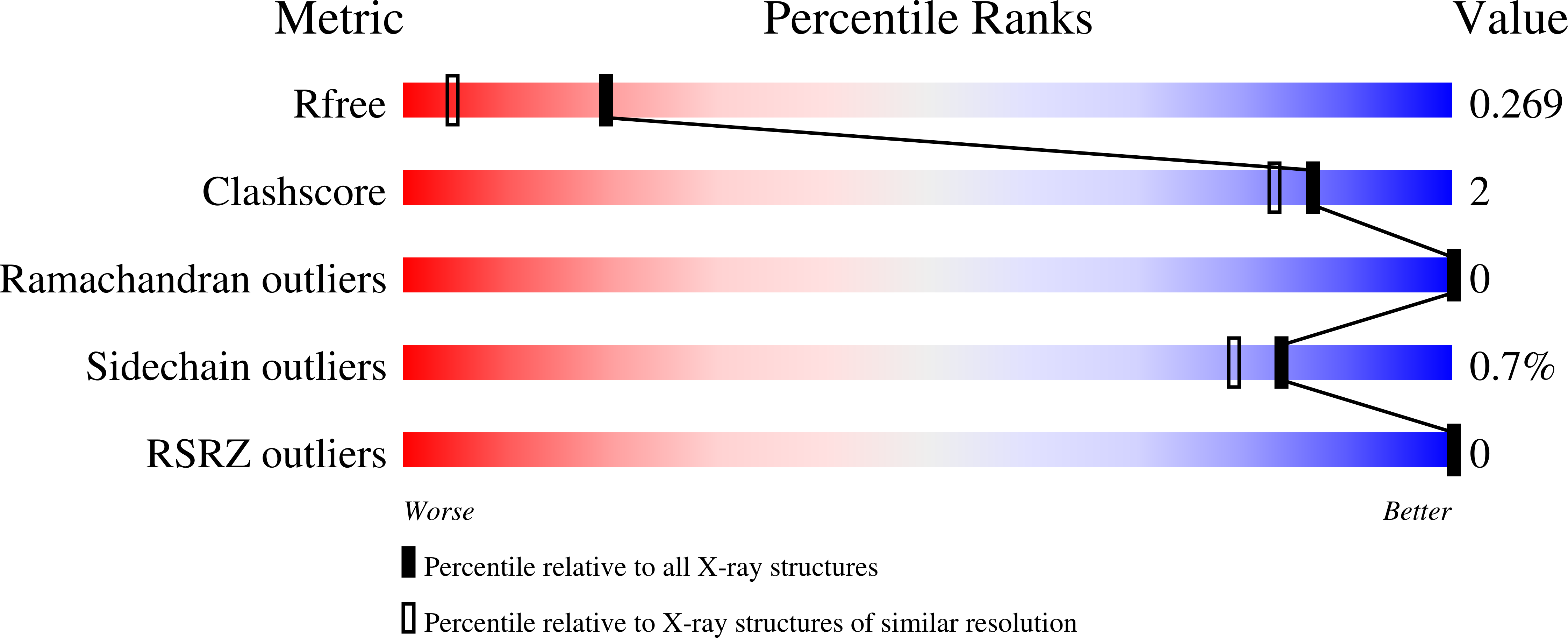
Deposition Date
2022-09-26
Release Date
2023-05-31
Last Version Date
2024-02-07
Entry Detail
PDB ID:
8B6A
Keywords:
Title:
Crystal structure of BfrB protein from Bacteroides fragilis NCTC 9343
Biological Source:
Source Organism:
Bacteroides fragilis NCTC 9343 (Taxon ID: 272559)
Host Organism:
Method Details:
Experimental Method:
Resolution:
1.77 Å
R-Value Free:
0.25
R-Value Work:
0.20
R-Value Observed:
0.20
Space Group:
I 1 2 1


